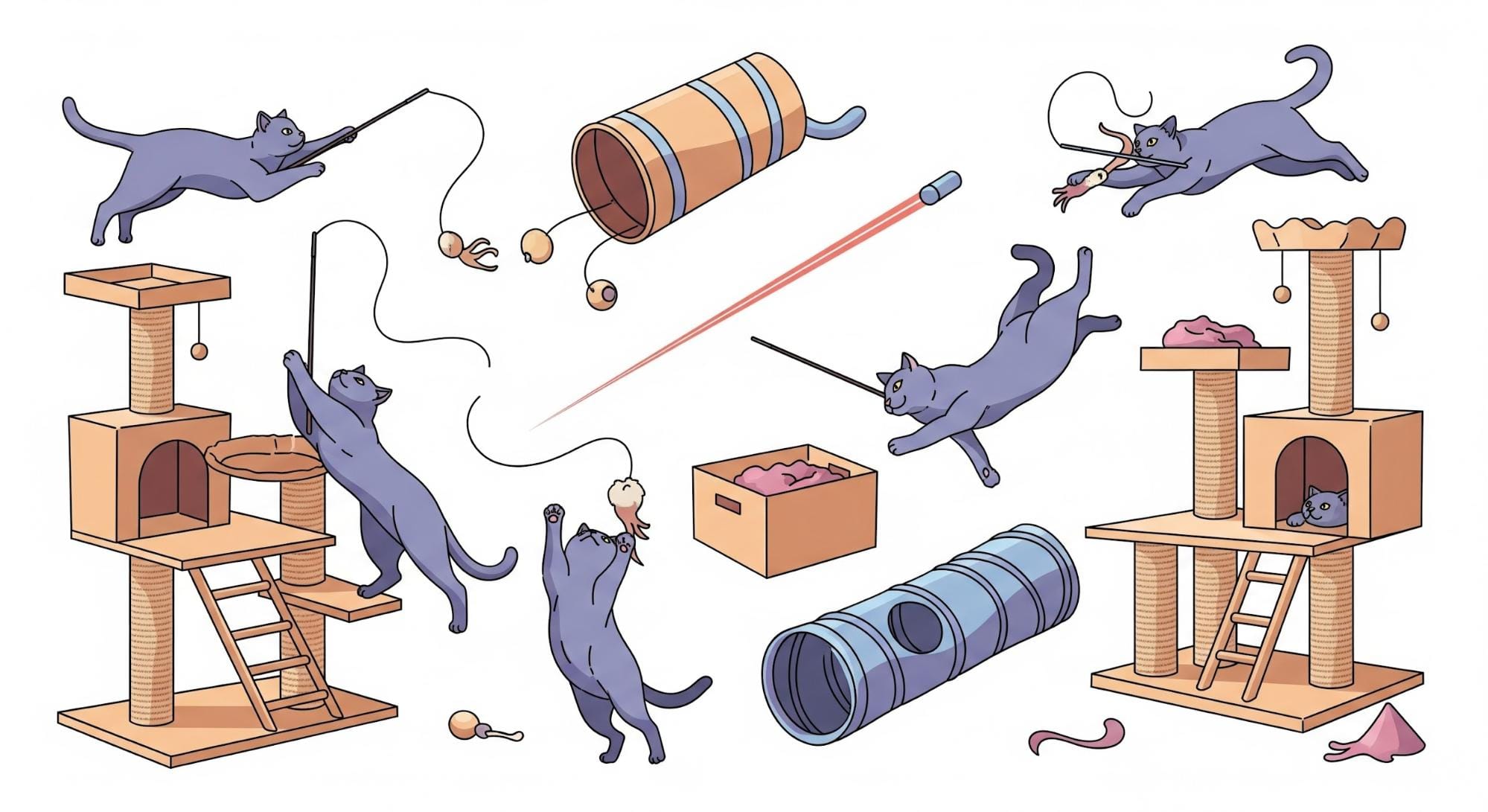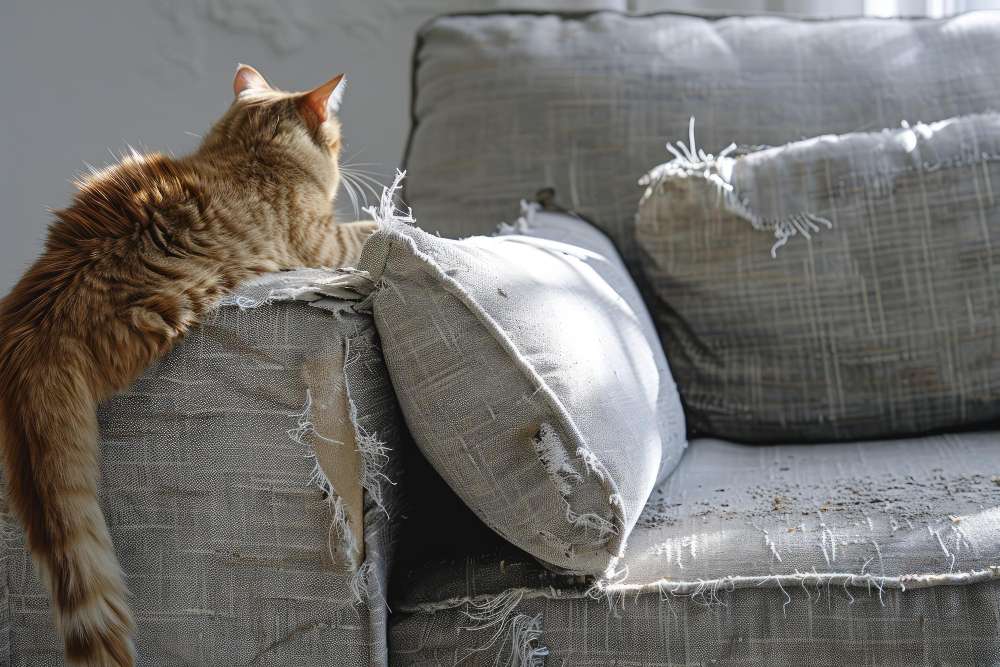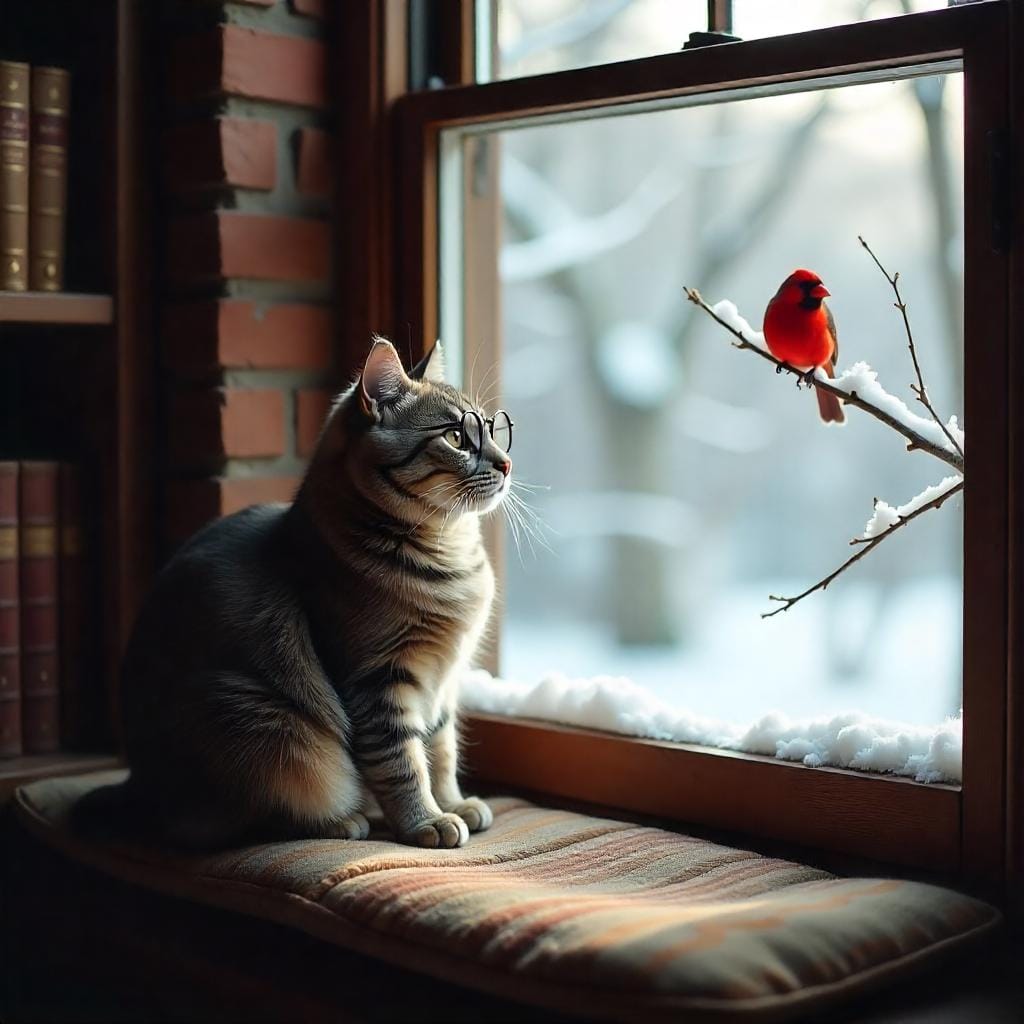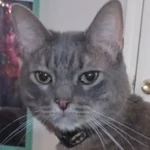Your cart is currently empty!


Weight gain in cats can sneak up fast, and it often goes unnoticed until it becomes a serious health issue. If your cat is starting to look rounder than usual or your vet has brought it up, you’re not alone. Helping your cat lose weight isn’t about strict diets or sudden changes, it’s about creating healthy habits both you and your furry friend can follow together.
Let’s break it down into easy, doable steps.
Why Is My Cat Overweight?
Humans, let’s get one thing straight: when you see your cat’s belly wobble with every leap (or lack thereof), it may not be just a loveable quirk but a sign of trouble.
From a feline’s point of view, weight gain can stem from multiple sources:
Overfeeding (yes, we notice when you refill our bowl 3 times a day).
Too many treats: delicious but dangerous in excess.
Lack of exercise: our inner lion needs hunting, not just lounging on windowsills.
Excess weight can lead to serious issues such as diabetes, arthritis, heart disease, and even a shortened lifespan. You may think the rounder the cat, the more to love—but trust me, we’d prefer a longer life of luxury.
Is My Cat Overweight? Here’s How to Tell
Before launching Operation Slim Kitty, you must assess if your cat is overweight or simply fluffy.
Use this checklist to assess feline fitness:
| Sign | What to Look For |
|---|---|
| Ribs | Can you feel them without pressing too hard? |
| Waist | Is there an inward curve behind the ribs when viewed from above? |
| Belly | Does the abdomen hang low or swing when walking? |
If you find yourself answering “no” to the ribs and waist, and “yes” to the belly swing. Congratulations, your cat may be sporting extra fluff of concern.
Ask your vet for a Body Condition Score (BCS) chart to confirm, or better yet, have them do a quick evaluation. Don’t worry we can handle the mild humiliation.
Feeding Habits:
Now, about that bottomless bowl buffet you so lovingly provide… While appreciated, it can be a culprit in our weight woes.
Cats in the wild don’t have constant access to food. They hunt, wait, pounce, and occasionally miss. Grazing all day? Unnatural. Tempting? Absolutely. Helpful? No.
Tips for Smarter Feeding:
- Ditch free-feeding. Serve 2–3 measured meals daily.
- Switch to a high-protein, low-carb food option.
- Avoid “diet” foods unless approved by a vet. Many are filled with fillers.
The goal isn’t starvation; it’s satisfaction with structure. Help us rediscover mealtime anticipation instead of boredom munching.
Exercise Doesn’t Have to Be Boring

Exercise is essential, but don’t expect us to hit the treadmill willingly. We require covert motivation disguised as play.
Try the following strategies:
- Use wand toys and simulate erratic prey behavior. Wiggle, pause, flee, never wave it in our faces like a feathered idiot.
- Try laser pointers (but end the session with a tangible toy kill to prevent frustration).
- Incorporate cat towers, tunnels, and boxes into your space to encourage movement.
Even just 10–15 minutes twice a day can make a difference. Let us hunt, leap, and pounce—our waistlines and wild sides will thank you.
Midway through your cat’s weight loss journey, you might feel stuck or unsure if you’re doing things right. That’s where expert resources come in! One highly recommended source is the Weight Reduction in Cats Webinar – an online session led by vets and pet nutritionists specializing in feline health.
What a Balanced Cat Diet Might Look Like
Here’s a simple table to give you an idea of a typical weight-loss meal plan for a 10-pound cat. (Always consult with your vet before making changes.)
| Food Type | Portion Size | Frequency | Notes |
|---|---|---|---|
| High-protein wet food | ~3 oz per meal | 2x per day | Avoid fillers and grains |
| Dry kibble (if any) | Less than 1/8 cup | Optional | Choose low-calorie, vet-approved |
| Healthy treats | 1-2 small pieces | Max once daily | Use as training rewards only |
| Water | Fresh bowl | Always available | Hydration helps metabolism |




